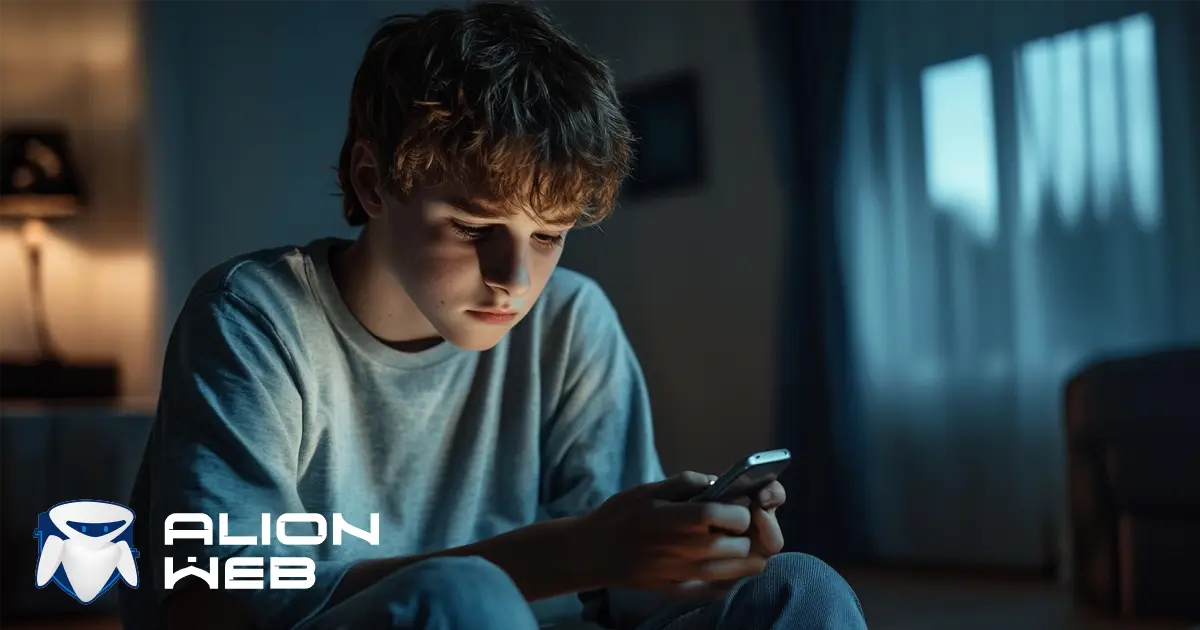What Does a Child Watch When Home Alone?

When a child is left home alone, they are faced with the choice of what content they want to watch. This freedom can be both an opportunity for their development and a cause for concern for parents, especially if the choice falls on materials that could negatively impact their perception of the world. In this article, we will explore what a child might watch when they are alone and how their choices can depend on various factors.
Freedom of Choice and the Influence of Time
When a child is left home alone, they have the opportunity to decide for themselves what content to watch. This can be a chance to explore interesting and educational programs, or it can lead to choosing less appropriate content. Young children most often choose animated shows and cartoons, while teenagers increasingly turn to films and programs aimed at a more adult audience. It is important to consider the child's age and level of maturity, as the interests of teenagers can change, and they may start watching materials that are not suitable for their age.
Attraction to Violent Content
One of the problems parents may face is the fact that children, when left unsupervised, may be attracted to content with elements of violence. This is not because they are curious about cruelty, but rather as a way to cope with emotions and release accumulated tension. Such content can give the child a sense of control, helping to temporarily reduce their stress or anxiety.
It is important to recognize that frequent exposure to such content can affect the child's emotional state and shape their perception of violence as a method of resolving conflicts.
Parents need to carefully monitor what content their child is choosing to watch in order to prevent potential issues in a timely manner.
Educational Content
However, not all children, when left home alone, choose aggressive materials. Many children also turn to informative and educational resources. Platforms such as YouTube offer a variety of videos that can engage a child in areas such as science, art, languages, and more.
Children may watch educational videos and cartoons that not only entertain but also help expand their knowledge and skills.
The Role of Parental Control
To prevent undesirable consequences, it is important for parents to control the content their child chooses. There are many tools available to block inappropriate websites and filter content. Enabling parental control helps restrict access to materials that may be inappropriate or even harmful for the child.
Additionally, parents should regularly talk to their children about what they are watching. This will help identify inappropriate interests in a timely manner and understand the emotions that different content evokes in the child.
Ensure that the child does not spend excessive time in front of screens. Limit the time they can spend watching videos or playing games.
Tips for Parents
Conclusion
When a child is left unsupervised, they have the opportunity to choose what to watch. Parents play an important role in this process by helping guide the child's interests in a safe direction. By setting limits and regularly discussing the content they choose, parents can create a healthy environment for their child's digital consumption that promotes development and safety.
Install AlionWeb to protect your child and have peace of mind
